
Game AI has improved dramatically, influencing everything from enemy movements and helpful teammates to the overall feeling of a living, breathing game world – all without relying on rigid, pre-planned scripts. Good AI design leads to unique, natural-feeling experiences, like successfully sneaking past guards, effectively building and managing a settlement, or seeing a game world realistically respond to your actions.
As a gamer, I’ve been checking out some seriously impressive AI lately. This collection shows off the best examples across all sorts of games – stealth titles, shooters, realistic simulations, and even complex strategy games. What’s cool is these games don’t just *seem* smart, they actually have AI systems that plan ahead, learn from your actions, coordinate with each other, or even simulate the needs of tons of characters. Each game I’ve looked at really breaks down *how* the AI works and how that translates into gameplay that constantly throws surprises your way.
F.E.A.R.

The shooter from Monolith is well-known for its advanced enemy AI, called Goal Oriented Action Planning. This system allows enemies to react intelligently to the environment, setting their own objectives like flanking you or finding cover. They’ll communicate with each other about where you are, use grenades to force you to move, and find different ways around obstacles – they aren’t just locked onto a single, pre-determined path.
The game’s environments are designed with AI in mind, recognizing elements like doors, windows, and hiding spots. This allows teammates to strategically separate and come back together based on what’s happening. How a situation unfolds in a room depends on your positioning, line of sight, and how much sound you create – meaning each encounter can play out differently.
Halo: Combat Evolved
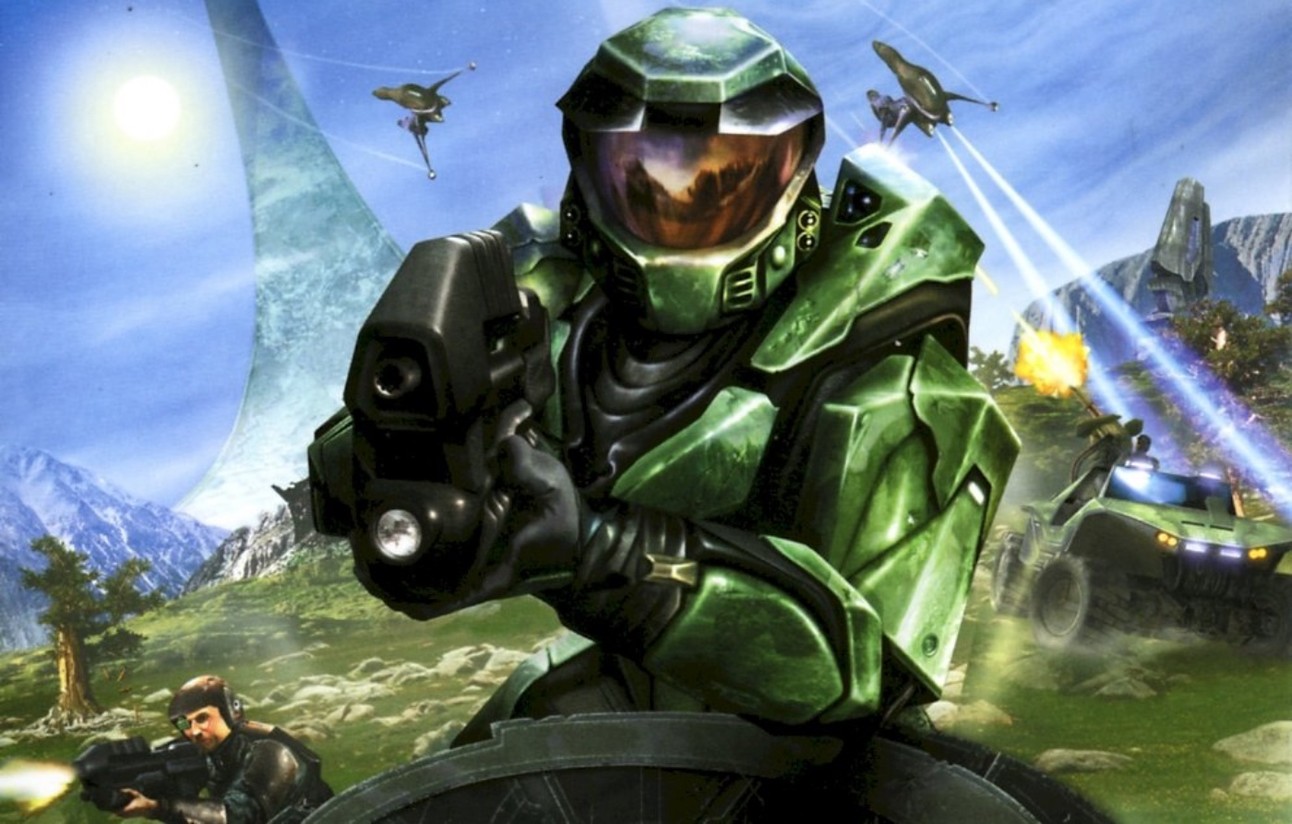
Halo’s enemies aren’t just randomly placed; they behave in unique ways thanks to a system of programmed roles and reactions. Grunts, Elites, and Jackals each act differently, and they’ll respond to what you do – like Elites dodging your grenades or Jackals changing their defenses when you attack.
Allies provide vehicles and intelligent pathfinding that adapt to the unpredictable nature of battle. The way enemy morale interacts with how aggressively you play creates dynamic skirmishes – taking out leaders or breaking enemy formations can change the course of a fight, making battles feel open and adaptable no matter how challenging they are.
The Last of Us Part II

As a player, I’ve noticed the enemies are really smart about how they hunt me. When they see me, they don’t just rush in – they actually *talk* to each other, using callouts that show they remember where I was last seen! And the AI isn’t just randomly searching either. It feels like they’re actually *looking* for me, using what they’ve seen and heard. They work as a team, checking areas realistically instead of just running straight for my last location. It makes the whole experience so much more immersive and challenging.
As a gamer, I really appreciate how the AI companions are smart about stealth – they don’t just blunder into enemies and their movements feel natural with the team. Plus, adding dogs with scent tracking is a game-changer! It forces you to think and react. And the enemies aren’t pushovers either; they actually change things up with different armor and weapons, so you can’t just stick to one strategy, especially when you’re fighting up close or at mid-range. It keeps things interesting!
Alien: Isolation
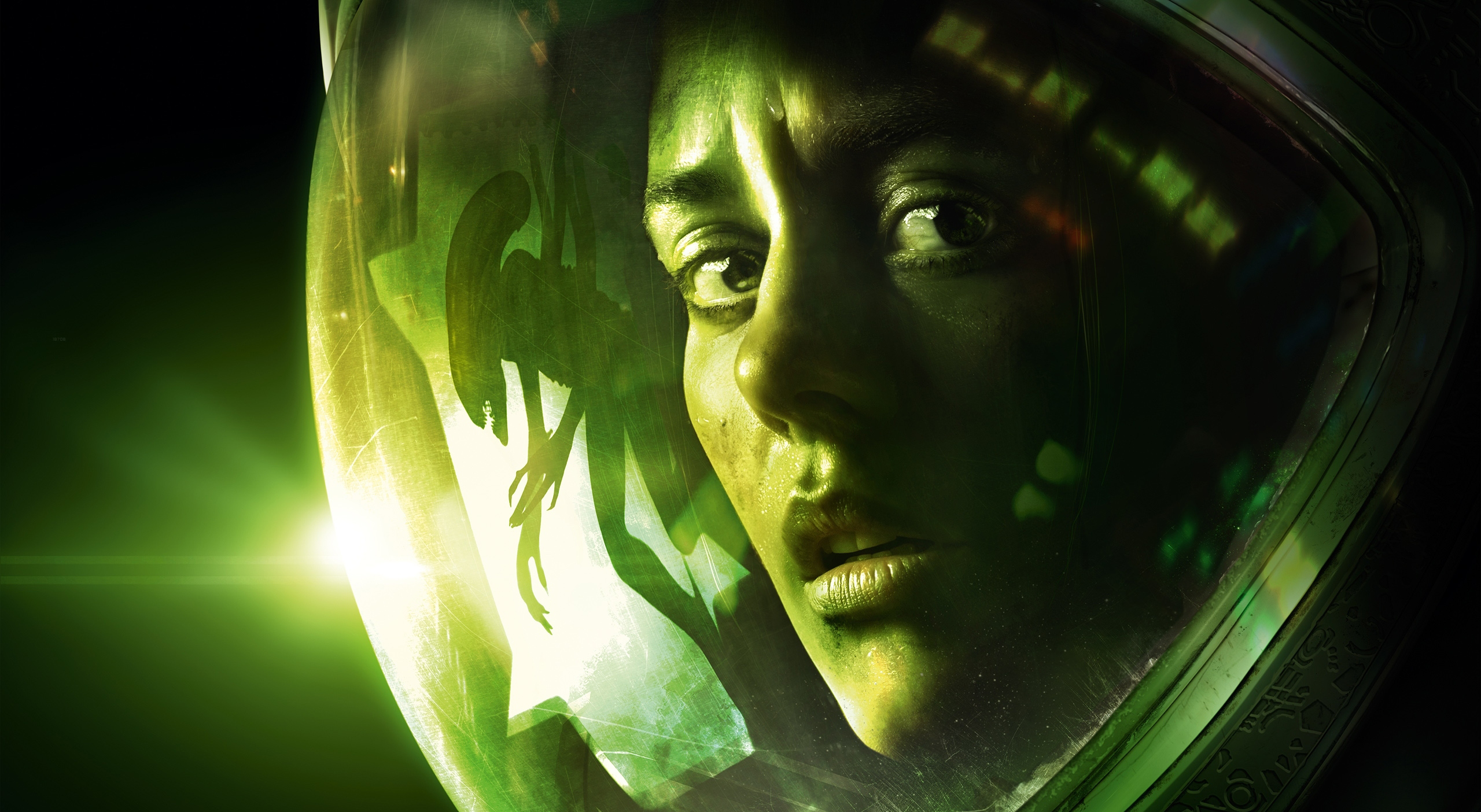
The Alien’s behavior is controlled by a system that divides broad goals from its moment-to-moment reactions. It’s subtly guided towards the player, but still responds to sounds and sights, making it feel unpredictable yet fair.
The Alien intelligently moves through complex environments by using sound to track players, checking lockers, and navigating vents. It doesn’t stick to predictable paths and remembers where players often hide. This means players need to constantly change their strategies and timing to avoid becoming predictable and getting caught.
Middle-earth: Shadow of Mordor
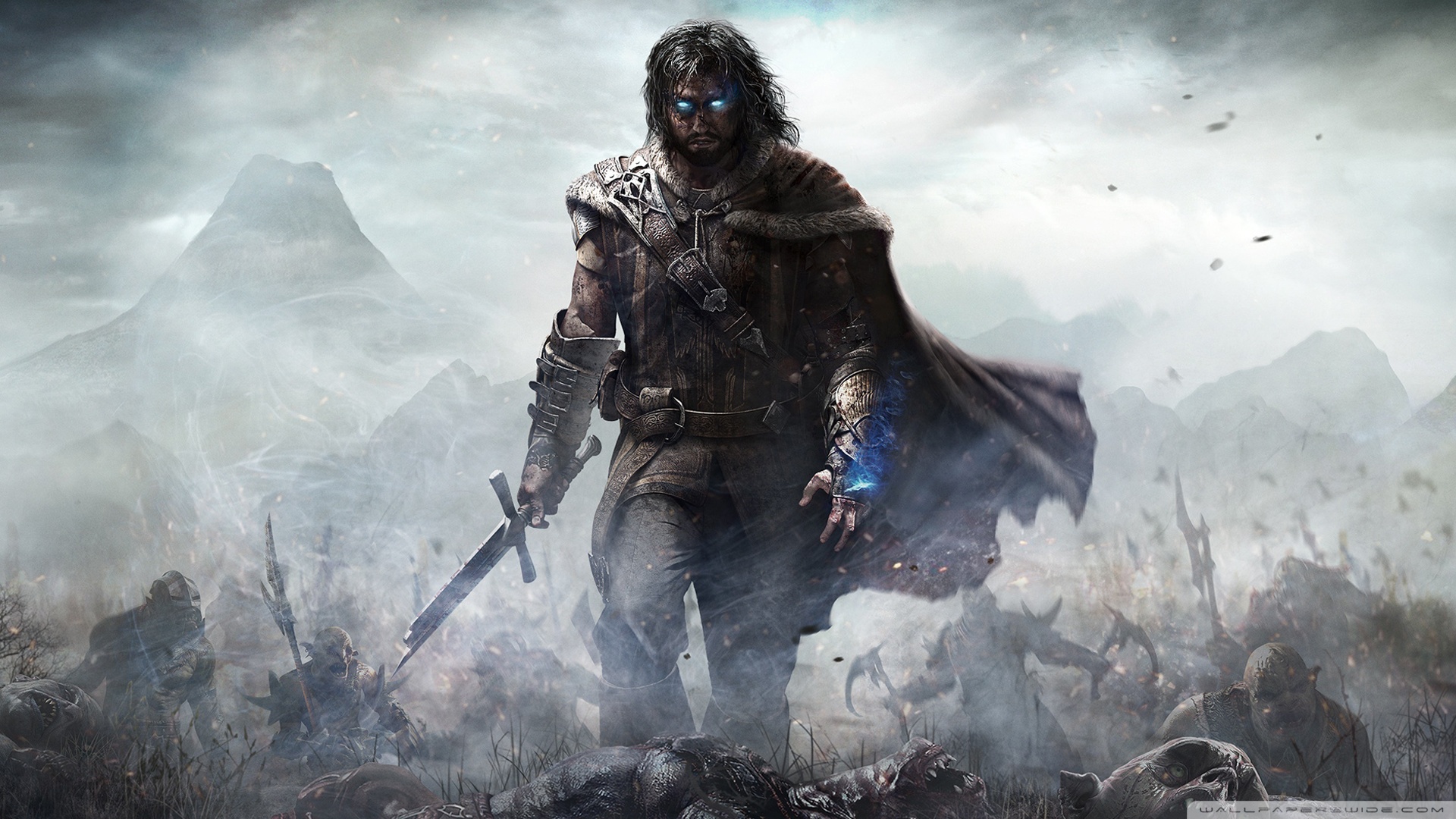
The Nemesis system keeps track of each Uruk captain, remembering their unique personality, weaknesses, relationships with other captains, and how you fought them before. If a captain lives, they get stronger or weaker, and will remember your previous battles when you meet again.
AI enemies now operate with a constantly changing structure, battling amongst themselves, earning promotions, and even launching surprise attacks during separate missions. This means your actions have a lasting impact, shaping the enemy’s power dynamics and turning simple fights into ongoing conflicts with real consequences.
Metal Gear Solid V: The Phantom Pain

Your opponents learn how you play and adapt to stop you. For example, if you frequently aim for headshots, they’ll start wearing helmets. If you prefer operating at night, they’ll use night vision. This forces you to change your tactics and find new ways to succeed.
Outposts communicate warnings to each other using radios, with guards requesting backup and searching areas in teams. This organized system considers factors like weather, time of day, and sound levels, making it difficult to predict exactly how security will respond to an intrusion – it’s based on the situation, not a set plan.
Hitman

The game’s AI for both crowds and security guards reacts to how suspicious you seem, which changes depending on your disguise, the rules of each area, and any illegal things you do. Guards can see through some disguises, and witnesses will report crimes, potentially locking down areas if you don’t cover your tracks.
Daily routines create realistic patterns for characters, which can be interrupted by unexpected events. Social stealth isn’t just about hiding; it also depends on keeping consistent stories about what characters have done and seen.
Left 4 Dead 2

The AI Director manages the game’s intensity by monitoring the team’s resources – like health, ammo, and how long it’s been since the last threat. It dynamically adjusts the action, switching between calm moments and intense encounters, to create a balanced challenge and ensure each playthrough feels unique.
Special infected enemies work together, timing their attacks and positioning themselves to maximize damage when they strike as a team. The game’s AI Director also actively responds to how your team moves and stays grouped, creating challenges to discourage sticking together or staying in one place for too long. This means constant communication with your teammates is key to survival.
S.T.A.L.K.E.R.: Shadow of Chernobyl
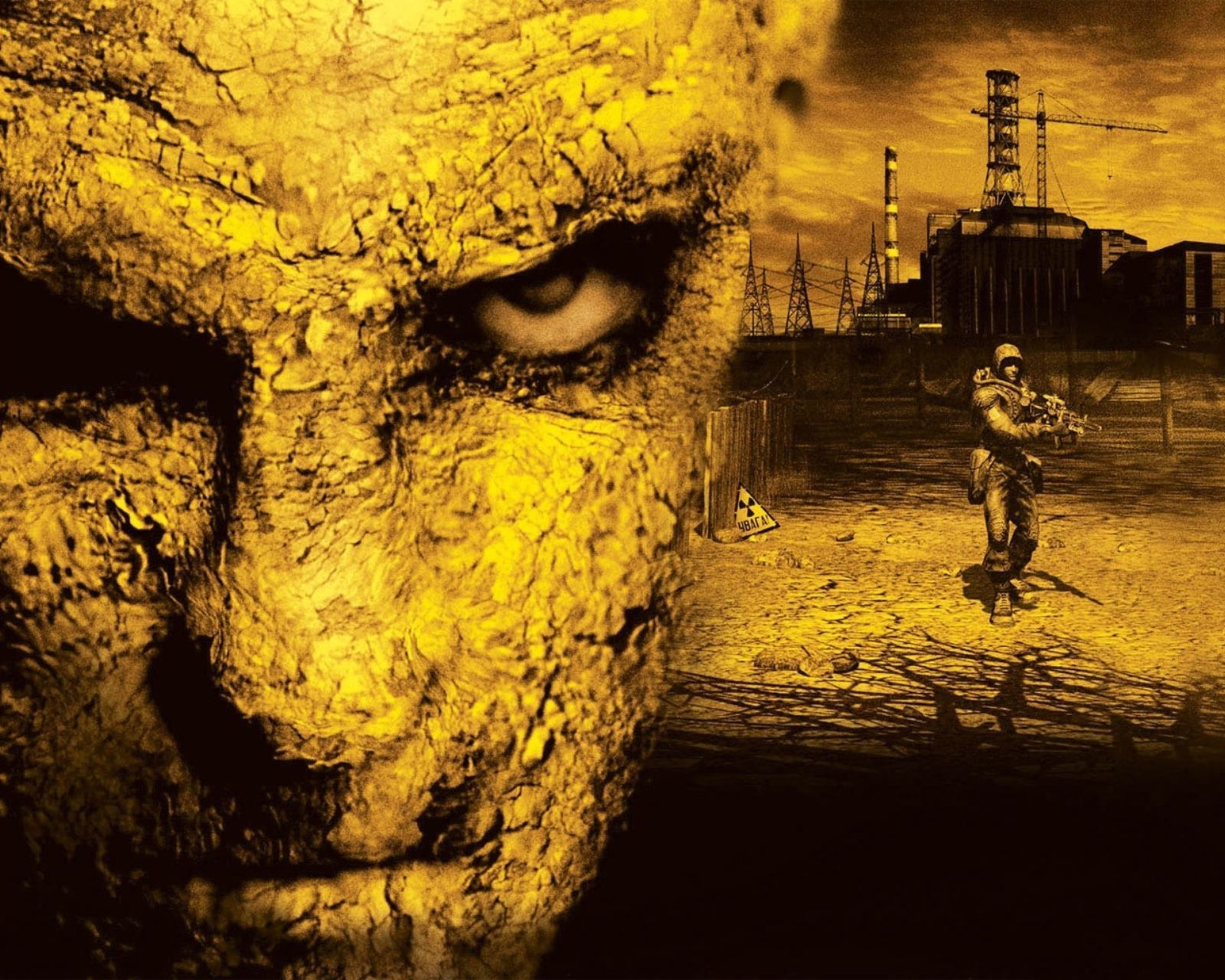
The Zone is a living world, even when you’re not playing. Non-player characters, mutated creatures, and groups all continue to exist and act on their own. They hunt, move around, trade, and fight, meaning every time you return, you’ll find unique, unpredictable situations.
Enemy AI intelligently uses cover, throws grenades, and tries to outmaneuver you by using the environment to their advantage. The time of day and weather also play a role – nighttime and storms affect how far enemies can see and how they move around the game world.
The Sims 4

These AI agents are driven by basic needs – things like hunger, energy levels, and a desire for social interaction. They then choose how to act based on their personality, current mood, and how they relate to others. This allows them to assess their surroundings and react in ways that create natural, spontaneous behaviors, such as people naturally forming conversations.
Pathfinding ensures Sims can navigate shared spaces – like going through doorways and around objects – without getting stuck. Beyond that, routines, jobs, and scheduled events allow households to largely run themselves, even while you’re playing as a different Sim.
Dwarf Fortress
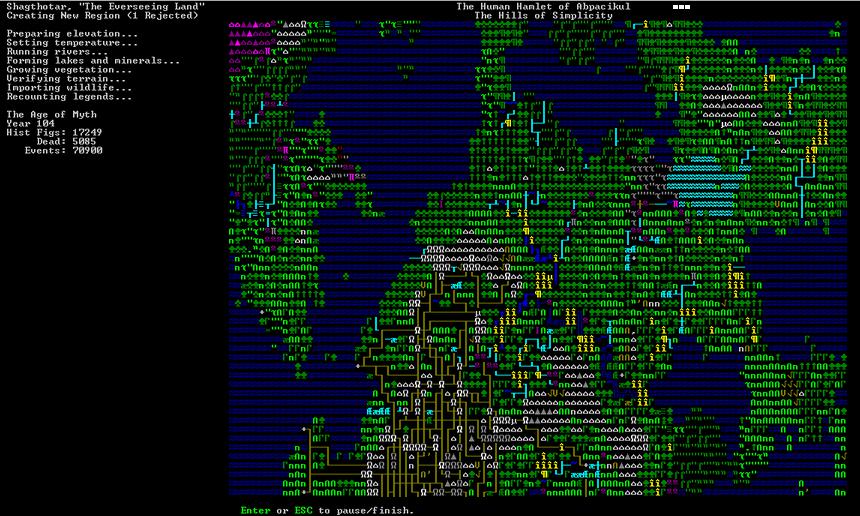
Dwarves carefully consider many different needs and personality traits when deciding on jobs, forming relationships, and handling stress. Our simulation includes realistic emotions, memories, and preferences, meaning a dwarf who experiences a traumatic event might later avoid certain tasks or become overwhelmed if things don’t get better.
The AI understands how everything in the world – living things, liquids, and objects – works together based on predictable patterns. It uses this understanding to assess both dangers and possibilities. Because the world continues without interruption, every decision has lasting effects, influencing things like how characters move, what tasks they perform, and how the fortress is built, all of which then impact future actions.
RimWorld
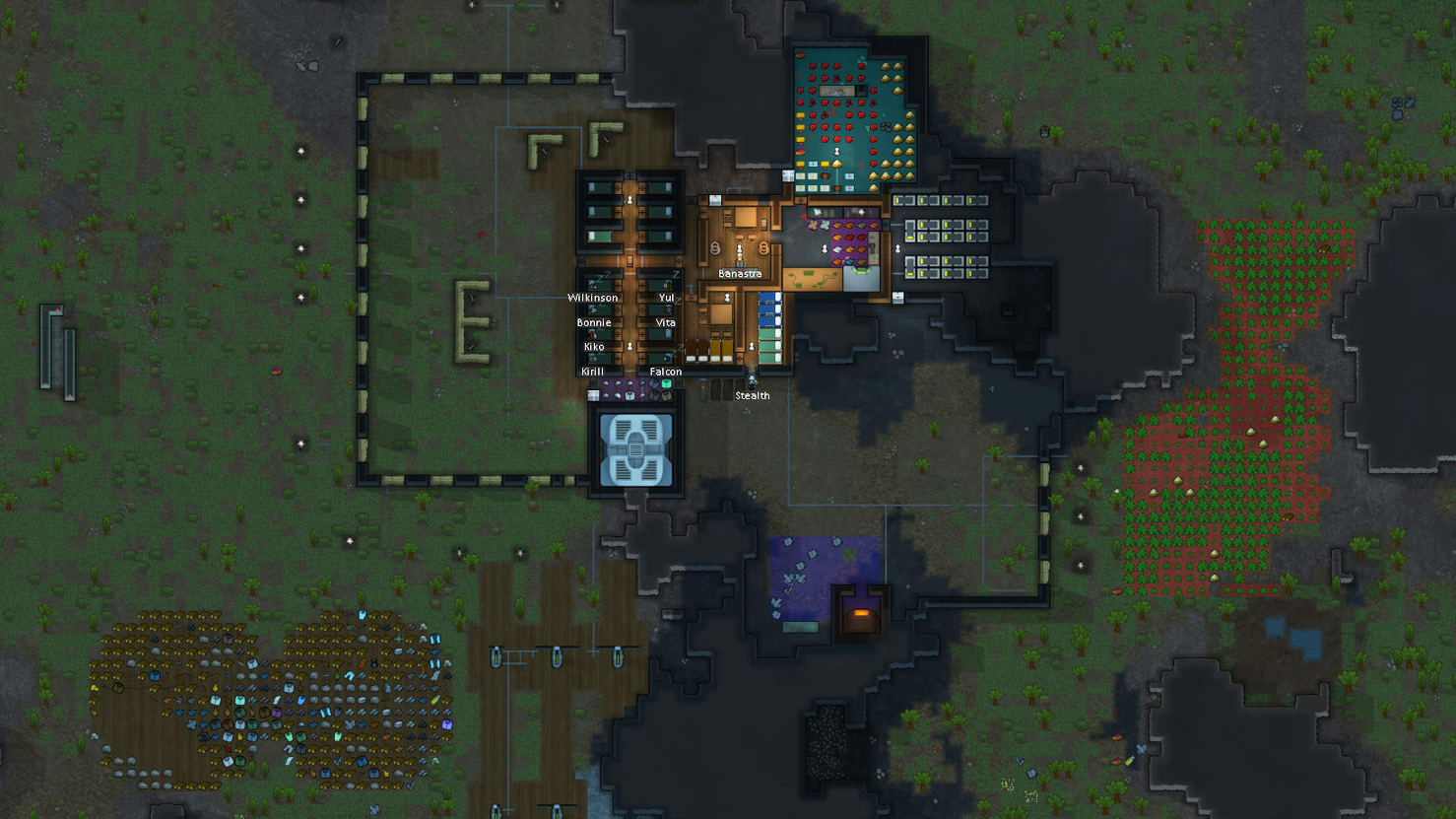
Okay, so in this game, your colonists don’t just *do* things, they have priorities. It’s like, I tell them ‘do medical stuff’ and they handle it based on how good they are at it. But it’s not just skills – their mood and personality really matter. A doctor who’s super stressed might have a breakdown, and a cautious colonist with a gun might hesitate to take a risky shot even when we’re getting raided. It makes things way more interesting – and chaotic!
Raider AI identifies weak spots in your defenses, specialized units focus on damaging walls, and sieges establish camps to pressure you. The game adjusts the pace of events – like raids – based on your colony’s growth and wealth, making things harder as you become more successful.
Red Dead Redemption 2

Ambient AI brings towns, wilderness areas, and travel experiences to life by controlling the daily routines and needs of many characters and animals. Townspeople open businesses, complete tasks, and respond to changing weather conditions, while animals behave realistically in herds and participate in natural predator-prey relationships across different environments.
Both investigations and the legal system rely on identifying criminals and seeing what happened, which means disguises and masks can change how people react. When it comes to horses, their personalities and how well they bond with riders impact how easily they’re controlled and how bravely they face challenges. We’ve integrated artificial intelligence into every aspect of getting around and fighting.
Dragon’s Dogma
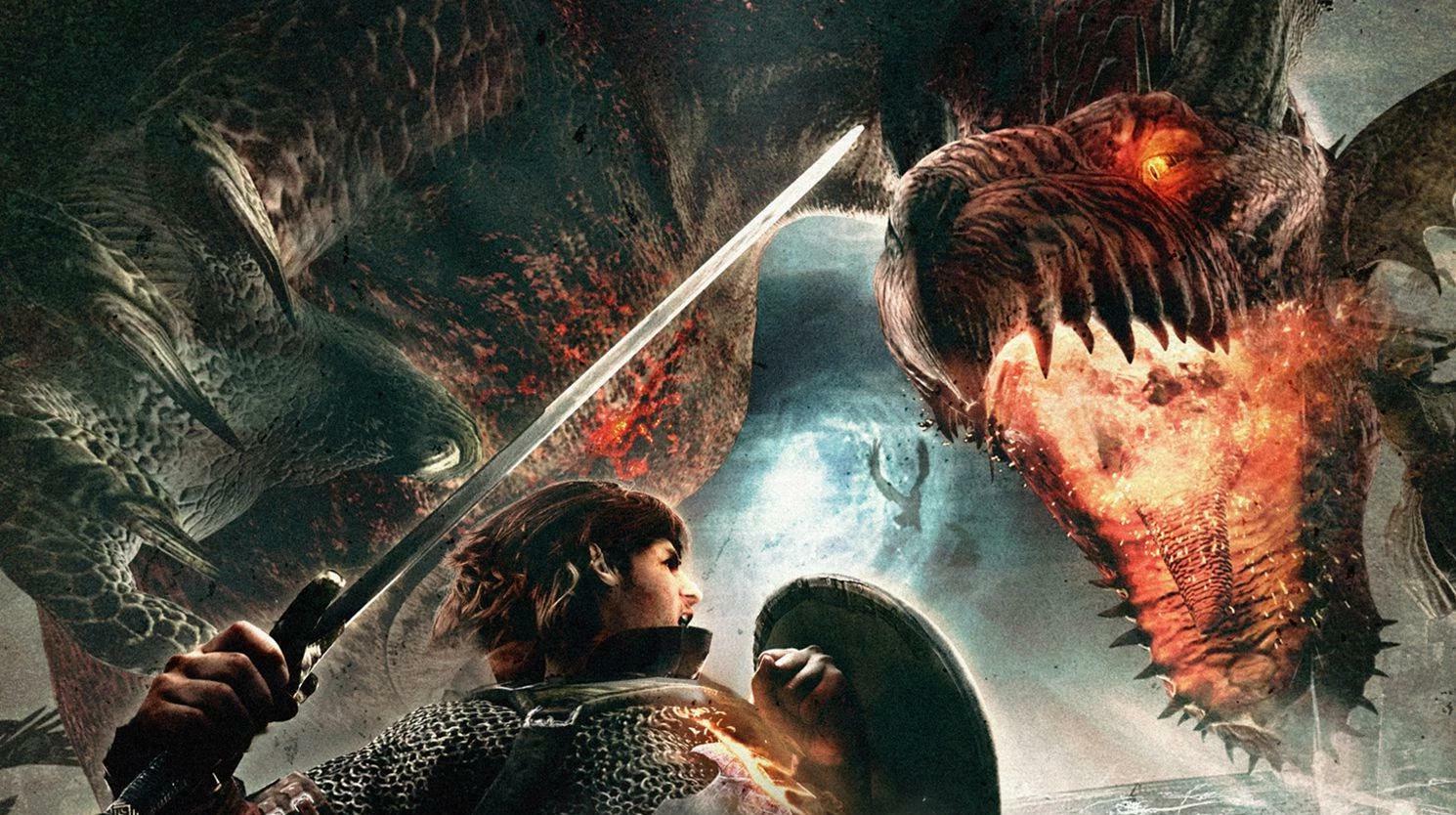
Your pawn companions get better at fighting by learning what enemies are weak to and how they attack. They also share this knowledge with other pawns, meaning a pawn you borrow might come back with helpful tips for defeating bosses or getting through dungeons.
During battles, pawns work together to heal, pull enemies, and climb, all while managing their stamina and finding good positions. They also communicate what they see, like an enemy’s weakness to fire or dangerous areas, helping the team react quickly and gain an advantage.
Total War: Shogun 2
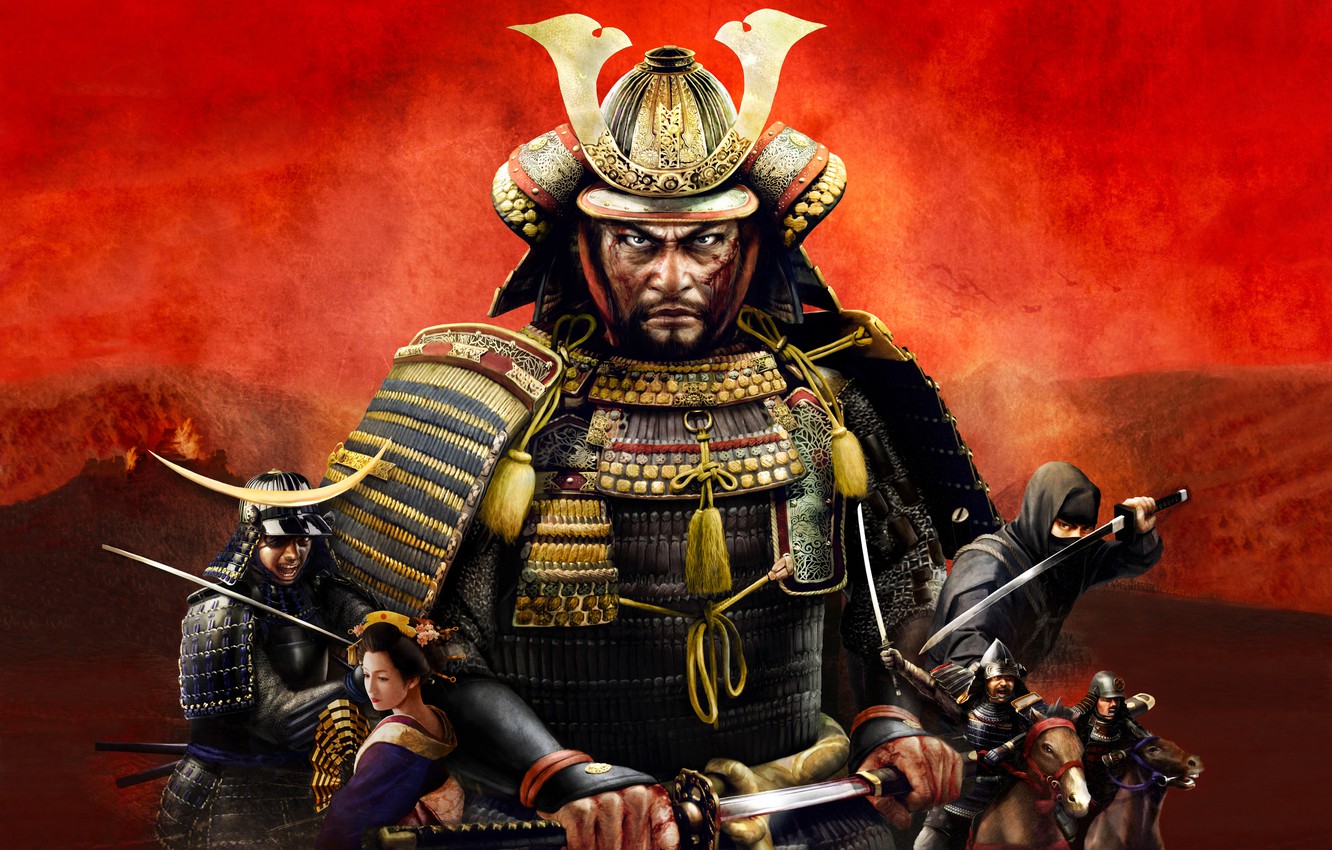
Campaign AI assesses a nation’s diplomacy, economy, and growth, paying close attention to nearby dangers and partnerships. It considers factors like food supplies, citizen happiness, and internal divisions to make decisions that feel true to the challenges of building a powerful dynasty.
The game’s AI carefully analyzes the battlefield, including the landscape and enemy numbers, to strategically position its units. It uses cavalry for flanking maneuvers, defends against ranged attacks, and adjusts formations based on weather and unit morale. Smart generals will regroup or retreat troops to avoid unnecessary losses, prioritizing preservation over reckless attacks.
Company of Heroes 2
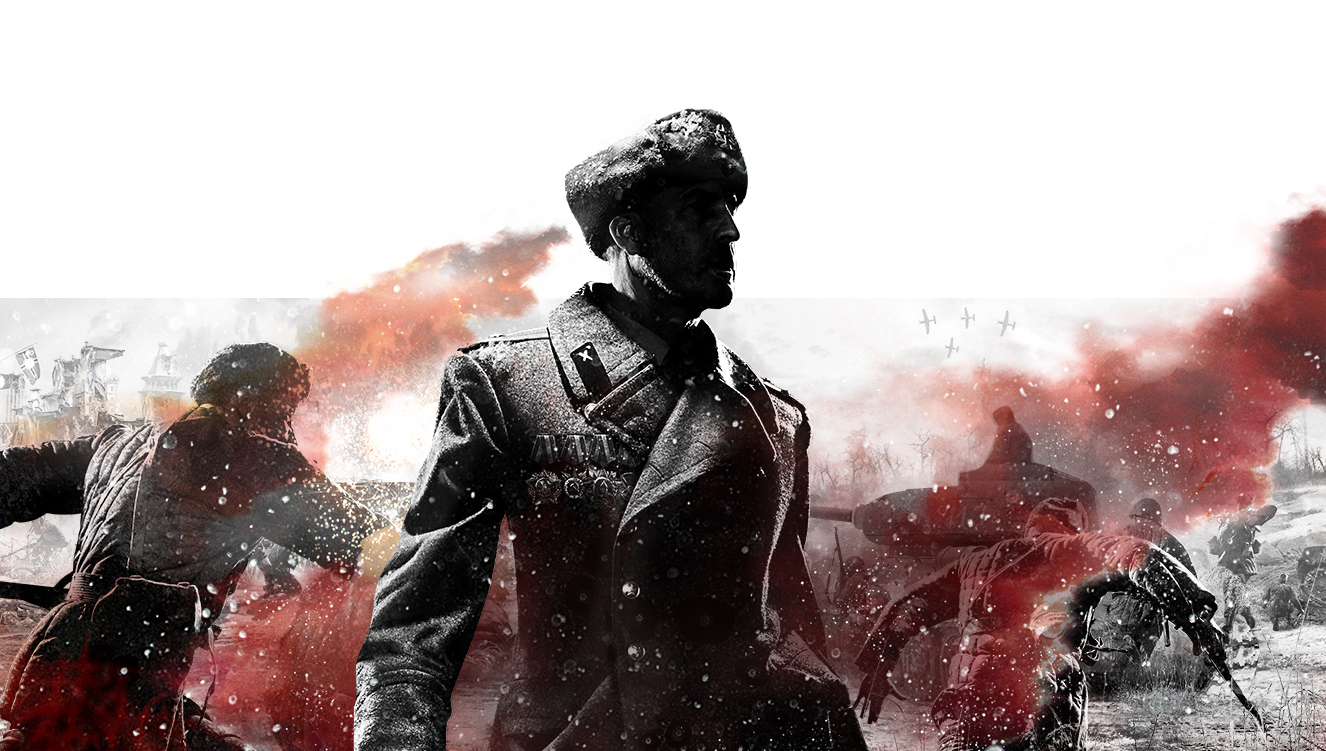
The game’s AI is excellent at using cover and suppression tactics. It intelligently guides troops through foliage, steers clear of dangerous areas, and coordinates attacks – using machine gun fire to keep enemies pinned down while other units move to outflank them.
The game’s resources and when technologies become available guide what units the AI builds, meaning it will create units that are strong against whatever you’re focusing on – whether that’s armored units or infantry. The AI also smartly pulls back its squads when they’re taking too much damage, allowing them to gain experience and improve, which helps maintain consistent pressure throughout the match instead of losing momentum after initial clashes.
XCOM 2

Enemy ships move around on timed schedules, remaining hidden until detected. Once spotted, they’ll attack as a team, focusing on getting around your sides, taking the high ground, and using special abilities like mind control or poison – the specific tactics depend on what kind of aliens are nearby and how close they are to you.
The game’s strategic elements impact battles through unexpected events that change how enemies act and introduce new challenges like limited visibility or incoming reinforcements. This creates a cycle where the AI constantly pushes you forward, but punishes aggressive moves with ambushes and obstacles.
Forza Motorsport

Drivatars are AI-powered opponents created from data collected from real players. They learn things like braking spots, ideal racing paths, and how aggressively to drive. Instead of always taking the perfect route, they’re designed to race like humans – with realistic variations and imperfections.
The game’s traffic now feels more realistic because it learns from a wider range of player behaviors. Cars within the same class will drive differently, sometimes defensively, sometimes giving way, and occasionally making mistakes – just like real drivers. This leads to more engaging and challenging overtakes and racing maneuvers that feel similar to playing against other people.
The Forest
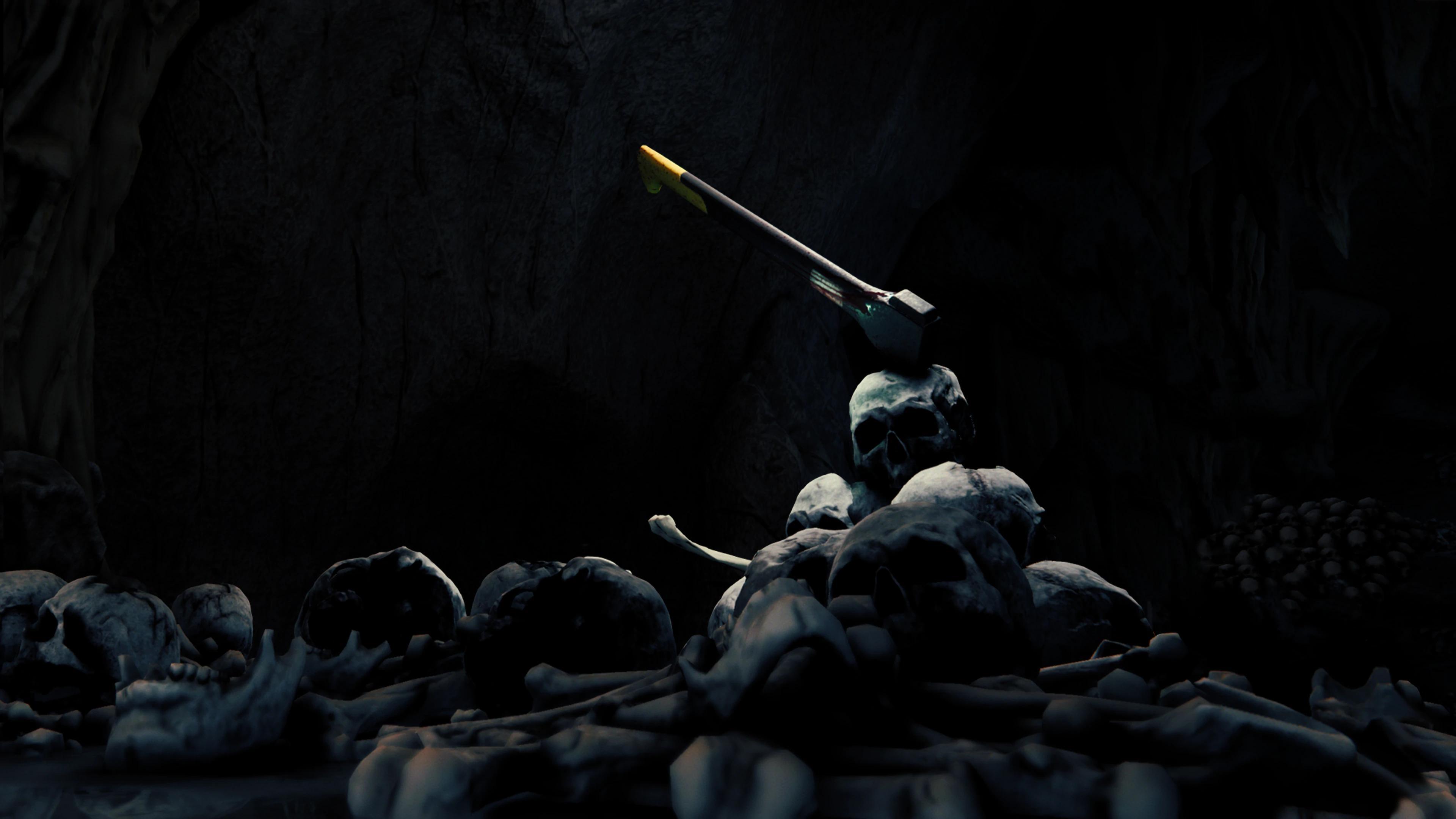
Hostile tribes will study your behavior and adapt their attacks. At first, they’ll mostly watch you, but if you keep attacking them, they’ll respond with bigger raids and start actively patrolling near your base.
Artificial intelligence analyzes the environment – things like lighting, sounds, and where objects are placed – and uses this information to direct its units. These units might test enemy defenses or move to safe locations. Leaders coordinate these units, and when units detect danger, they’ll strategically retreat, keeping the situation constantly changing and challenging.
Half-Life
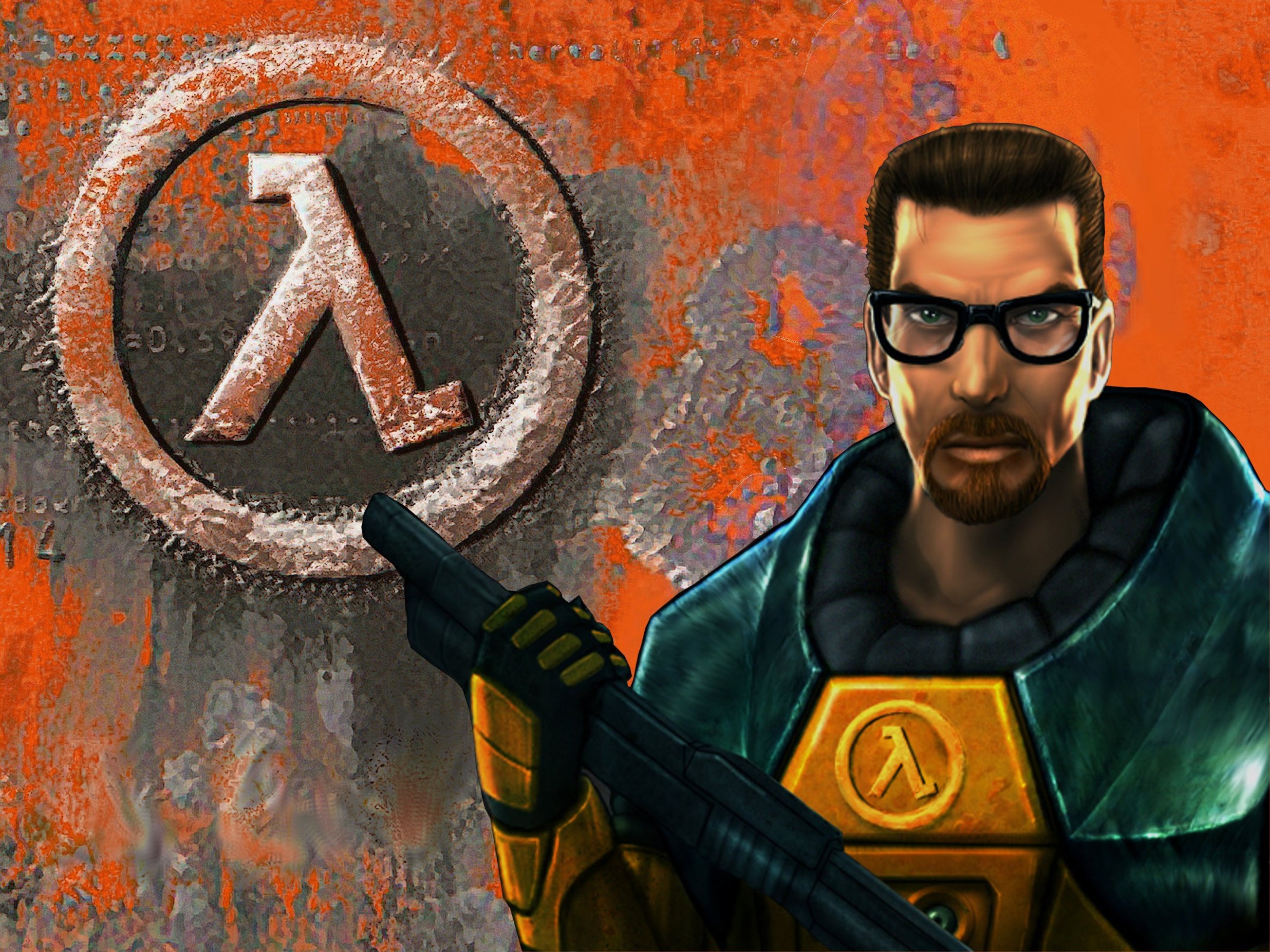
Enemy soldiers work together, using cover, grenades, and quick attacks. They hunt you by listening for sounds and keeping you in sight, often dividing into groups to attack from different directions in close spaces.
Enemy aliens behave differently, focusing on how they move and what they shoot. This variety keeps combat interesting, as the AI cleverly uses the surroundings – like vents and narrow walkways – to create dynamic battles in both enclosed spaces and open areas.
Share in the comments which game stood out to you the most, and tell us about a surprising or memorable moment involving AI that you haven’t forgotten!
Read More
- Silver Rate Forecast
- Gold Rate Forecast
- Красный Октябрь акции прогноз. Цена KROT
- Bitcoin’s Ballet: Will the Bull Pirouette or Stumble? 💃🐂
- MSCI’s Digital Asset Dilemma: A Tech Wrench in the Works!
- Bitcoin Stumbles, Altcoins Cry: Crypto Traders Left Wondering What’s Next
- Bitcoin’s $100K Dream Derailed? 😬
- Solana Spot Trading Unleashed: dYdX’s Wild Ride in the US!
- VOOG vs. MGK: Dividend Prospects in Growth Titans’ Shadows
- Navitas: A Director’s Exit and the Market’s Musing
2025-10-07 21:18